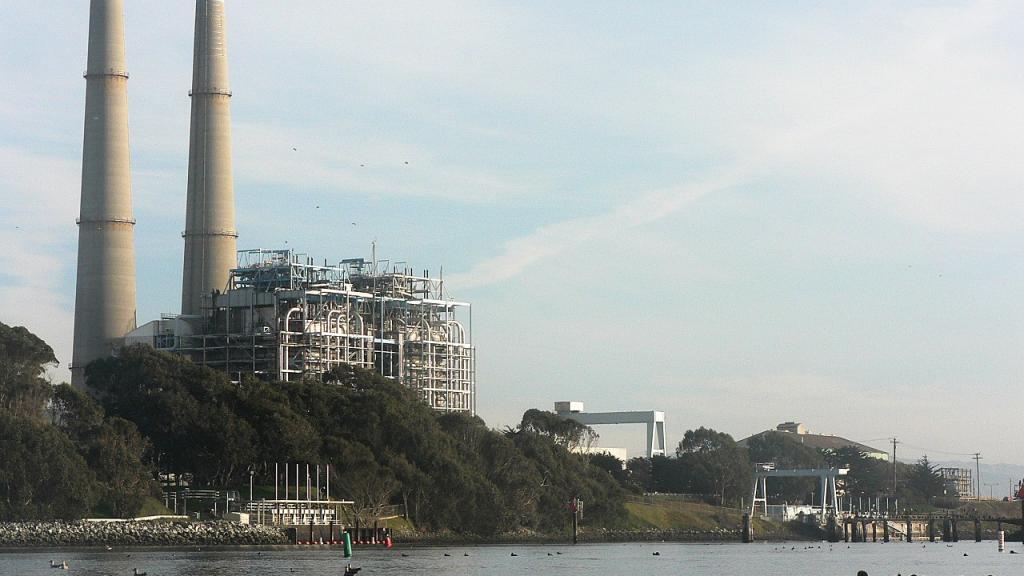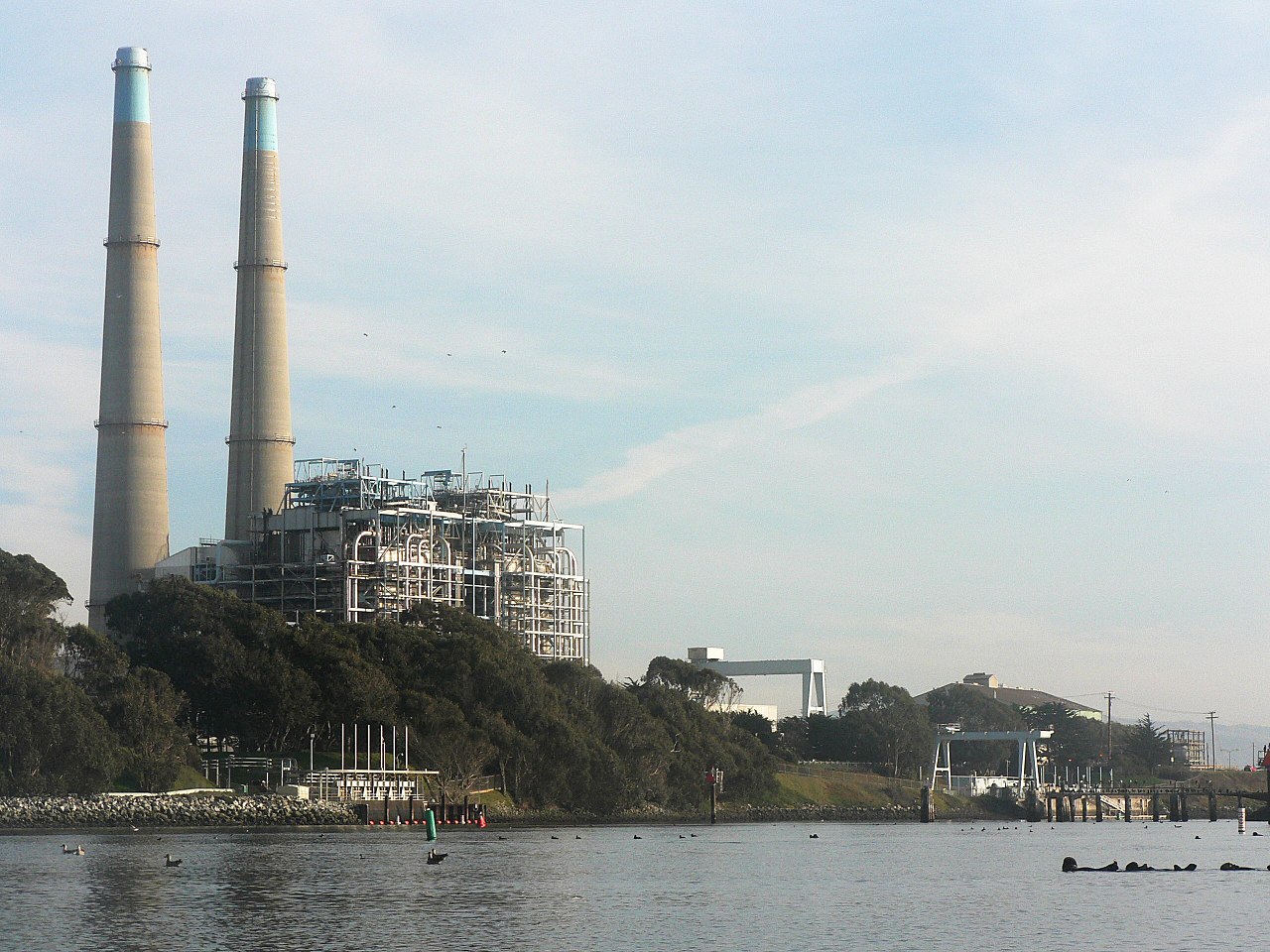
Monterey County moves towards BESS ban after massive fire at Moss Landing in January 2025
Thank you for choosing Automatic Translation. Currently we are offering translations from English into French and German, with more translation languages to be added in the near future. Please be aware that these translations are generated by a third party AI software service. While we have found that the translations are mostly correct, they may not be perfect in every case. To ensure the information you read is correct, please refer to the original article in English. If you find an error in a translation which you would like to bring to our attention, it would help us greatly if you let us know. We can correct any text or section, once we are aware of it. Please do not hesitate to contact our webmaster to let us know of any translation errors.
In the wake of the largest battery storage fire in U.S. history, Monterey County, California, is advancing a moratorium on new battery energy storage facilities following the January 2025 blaze at the Moss Landing Power Plant.
The fire, which burned for two days and released toxic smoke across the region, has prompted urgent calls for stronger safety regulations and environmental oversight.
🔥 A Fire That Shook the Industry: toxic metal concentrations more than 100 times above normal background levels.
The Moss Landing incident involved the combustion of over 50,000 lithium-ion batteries at a facility operated by Vistra Corp., a Texas-based energy company. The fire sent a toxic cloud over Monterey Bay, forced the evacuation of 1,200 residents, and shut down portions of Highway 1. Many locals reported headaches, respiratory issues, and other symptoms in the aftermath.
According to the Monterey County Health Department and the U.S. Environmental Protection Agency (EPA), the fire released hazardous materials into the air and soil. Testing at nearby Elkhorn Slough revealed toxic metal concentrations more than 100 times above normal background levels.
🛑 County Response: A Push for Regulation
On October 28, the Monterey County Board of Supervisors took the first formal step toward a moratorium on new battery storage projects. Supervisor Glenn Church, whose district includes Moss Landing, introduced the proposal, which directs county staff to draft language for a temporary ban within 30 days.
Church emphasized the need for local control over siting, fire safety, emergency response planning, and post-fire cleanup protocols. “We really need to have a set of ordinances that will address the health and safety of people in the community as well as the environment,” he said during the meeting.
 ⚡ Battery Storage Boom Meets Public Concern
⚡ Battery Storage Boom Meets Public Concern
California’s push toward renewable energy has led to a rapid expansion of battery storage infrastructure. The state went from 17 battery plants in 2019 to 187 in 2025, with many more planned across the Bay Area, Central Valley, and Southern California. These facilities are critical for storing solar and wind energy and releasing it when demand peaks.
However, the Moss Landing fire has exposed vulnerabilities in current safety standards. Lithium-ion batteries, while efficient, are prone to thermal runaway—a chain reaction that can lead to uncontrollable fires and toxic emissions.
🧪 Cleanup and Monitoring Efforts: strict protocols for de-energization and disposal.
The EPA and Monterey County agencies have launched a multi-phase cleanup and monitoring operation. Phase 2 of environmental testing began in September, focusing on marshlands and ecologically sensitive zones near the fire site.
Battery removal from the damaged facility began in late September, with strict protocols for de-energization and disposal.
Community engagement has also been prioritized. The EPA’s Community Involvement Plan includes public updates, stakeholder interviews, and transparency measures to ensure residents are informed throughout the recovery process.
🌍 A Turning Point for Energy Policy?
The Moss Landing fire may serve as a watershed moment in balancing clean energy goals with public safety. As battery storage becomes integral to decarbonization strategies, local governments are demanding a seat at the table to shape how and where these facilities operate.
Monterey County’s moratorium proposal is expected to come to a vote later this year. If passed, it could influence similar actions in other jurisdictions grappling with the risks of large-scale energy storage.
Photo Credit: Wikipedia Creative Commons License
Moss Landing Power Plant, Moss Landing, California. Contrast enhanced to compensate mist.
Date: 2007
Author: David Monniaux
Camera location
36° 48′ 37.17″ N, 121° 47′ 19.92″ W
View this and other nearby images on: OpenStreetMap
Sources:
